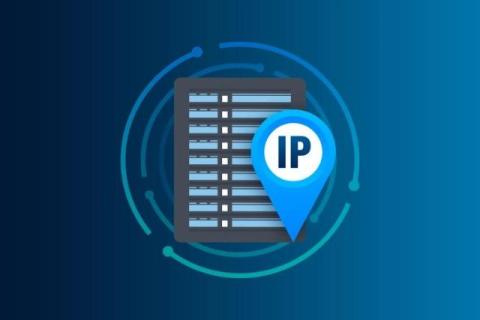Arctic Wolf Labs Observes Increased Fog and Akira Ransomware Activity Linked to SonicWall SSL VPN
In early August, Arctic Wolf Labs began observing a marked increase in Fog and Akira ransomware intrusions where initial access to victim environments involved the use of SonicWall SSL VPN accounts. Based on victimology data showing a variety of targeted industries and organization sizes, we assess that the intrusions are likely opportunistic, and the threat actors are not targeting a specific set of industries.











